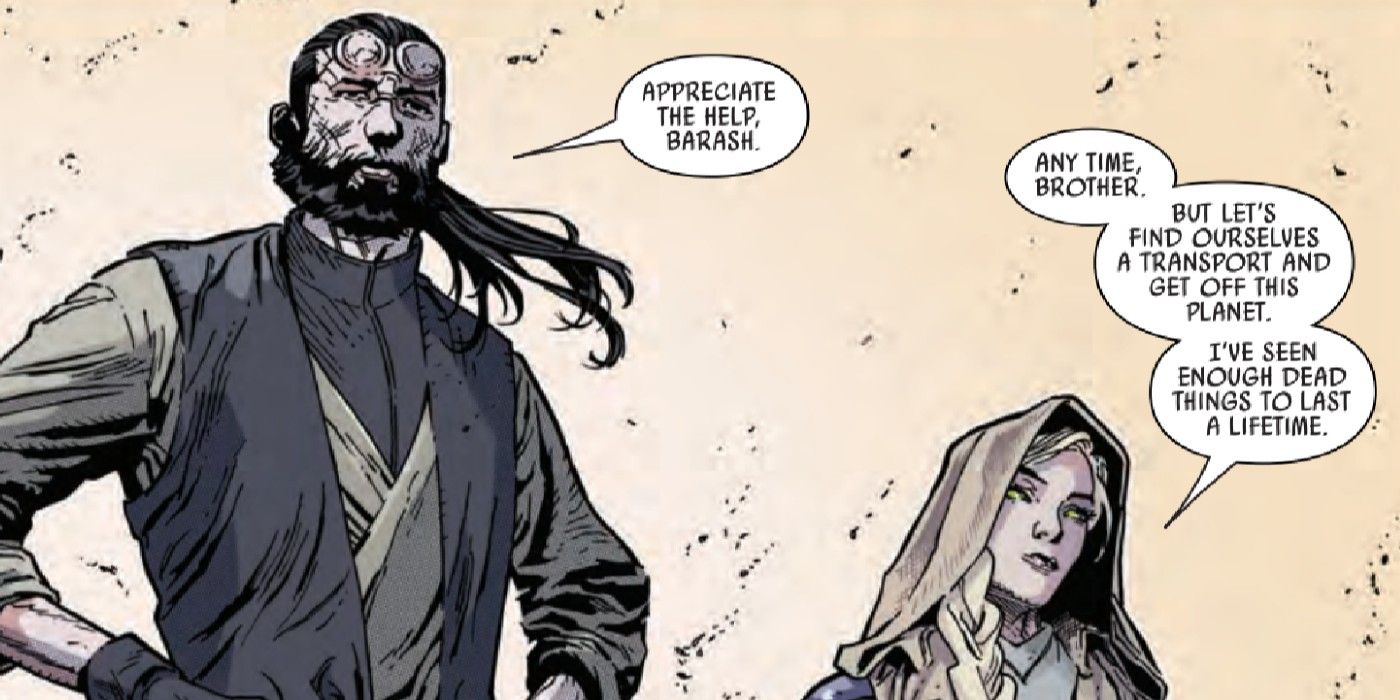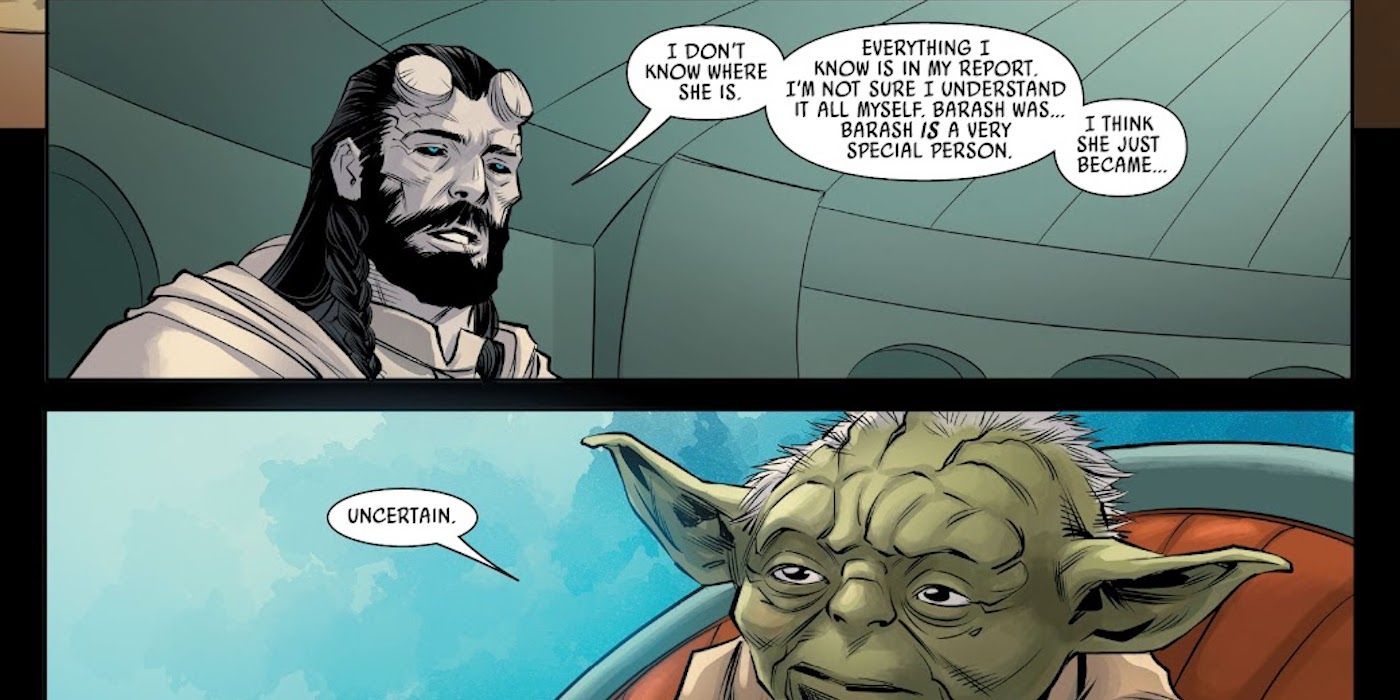Historical Context of Barash Vow

The Barash Vow is an ancient ritual rooted in the history of the Pashtun people of Afghanistan and Pakistan. Its origins lie in the tumultuous events of the 19th century, when the region was engulfed in conflict and political turmoil.
Establishment of the Vow
In 1849, after the British defeat in the First Anglo-Afghan War, the Pashtun tribes of the Khyber Pass region united under the leadership of Haji Miangul, a charismatic religious figure. Facing relentless British military advances, Miangul issued a call for a Barash, or “sacred vow,” to resist the foreign invaders.
Significance of the Vow
The Barash Vow became a powerful symbol of Pashtun unity and defiance. It transcended tribal boundaries and created a sense of collective purpose. The vow forbade Pashtuns from collaborating with the British, providing them with food or shelter, or assisting them in any way.
Observance of the Vow
Throughout history, the Barash Vow has been observed with unwavering determination by the Pashtun people. During the Second Anglo-Afghan War (1878-1880), Pashtun tribesmen rallied under the vow and fiercely resisted British forces.
In the 20th century, the vow continued to play a significant role in Pashtun resistance against foreign occupation. During the Soviet-Afghan War (1979-1989), the Barash Vow inspired Pashtun mujahideen to fight against the Soviet invasion.
Barash Vow and Social Impact
The Barash Vow has had a profound impact on social life in the communities that practice it. It has shaped marriage customs, influenced gender roles, and played a crucial role in maintaining community cohesion.
Marriage Customs
The Barash Vow has significantly influenced marriage practices. It has established clear rules and expectations for marriage, including the age of marriage, the process of courtship, and the roles of men and women within the marriage.
- Age of Marriage: The Barash Vow sets a minimum age for marriage, ensuring that individuals are mature enough to enter into a lifelong commitment.
- Courtship: The vow Artikels the proper conduct during courtship, emphasizing respect, modesty, and parental approval.
- Roles of Men and Women: The vow defines the traditional roles of men as providers and protectors and women as caregivers and nurturers within the marriage.
Gender Roles
The Barash Vow has reinforced traditional gender roles within society. It has defined the expected behaviors and responsibilities of men and women, shaping their identities and social status.
- Masculinity: The vow emphasizes qualities such as strength, courage, and leadership as essential attributes of manhood.
- Femininity: The vow promotes values such as modesty, obedience, and nurturing as the virtues of womanhood.
- Division of Labor: The vow reinforces the traditional division of labor, with men primarily responsible for outdoor activities and women for domestic tasks.
Community Cohesion
The Barash Vow has played a vital role in maintaining community cohesion. By promoting shared values and norms, it has fostered a sense of unity and belonging among community members.
- Shared Values: The vow reinforces the importance of respect, honesty, and cooperation, creating a foundation for harmonious social interactions.
- Community Support: The vow encourages community members to support one another through life events, such as marriages, births, and deaths, strengthening social bonds.
- Conflict Resolution: The vow provides a framework for resolving conflicts peacefully, promoting reconciliation and maintaining community harmony.
Cultural Expression through Barash Vow

The Barash Vow, a cultural practice originating in Afghanistan, has deeply influenced the artistic and literary landscape of the region. Its significance extends beyond its religious and social implications, as it has become a powerful medium for cultural expression.
In literature, the Barash Vow has been explored as a complex and often tragic theme. Afghan writers such as Atiq Rahimi and Khaled Hosseini have used the vow as a backdrop to delve into issues of honor, redemption, and the consequences of violence.
Artistic Representation
In art, the Barash Vow has found expression through various mediums, including painting, sculpture, and photography. Afghan artists have used the vow to depict the suffering, resilience, and complexities of Afghan society. For example, the paintings of Gul Afroz depict women and children who have been affected by the vow, while the sculptures of Ahmad Wali Ahmadi explore the psychological impact of violence.
Music and Cultural Identity, Barash vow
Music has also been a powerful vehicle for expressing the cultural significance of the Barash Vow. Traditional Afghan folk songs often reference the vow, and contemporary musicians have used it as inspiration for songs that explore themes of love, loss, and social justice. These songs have helped to shape the cultural identity of Afghanistan and have fostered a sense of solidarity among those who have been affected by the vow.